- 128 Posts
- 46 Comments
Over the course of the last 20 years, I’ve gone from Arch -> Void -> Pop!_OS -> Ubuntu, and that is what I use on all my machines (laptops, desktops, servers).

 3·9 months ago
3·9 months agoAccording to #243 Chatting COSMIC Desktop Alpha With The CEO | Carl Richell, they are planning an alpha release on the last thursday of each month. This means that Alpha 3 should be out on October 31, 2024.
Likewise, Carl hopes to have a Beta 1 in January 2025.

 4·9 months ago
4·9 months agoOld School Runescape.

 168·9 months ago
168·9 months agoI think the “Ubuntu Core 22” means it is the snap based version of Steam rather than the deb version.
If you look at the snapcraft.yaml for the Steam snap, it uses
core22as its base.

 101·10 months ago
101·10 months agoLooks like a number of patches are landing in Ubuntu to address this: https://bugs.launchpad.net/ubuntu/+source/cups/+bug/2082335
Update: CUPS Remote Code Execution Vulnerability Fix Available

 67·10 months ago
67·10 months agoThis is a great summary. Thanks!

 4·10 months ago
4·10 months agoIt looks like you are running XFCE instead of GNOME (the normal Ubuntu desktop). I’m not sure how that happened… but you an always just install another desktop.
For instance, you can try to make sure you have the
ubuntu-desktoporubuntu-desktop-minimalmetapackage installed:sudo apt install ubuntu-desktop-minimalAfter that, the login manager should allow you to select the Ubuntu session rather than the XFCE one.

 4·10 months ago
4·10 months agoYes, based on the diagrams on their blog, it looks like this only impacts Snaps.

 12·10 months ago
12·10 months agoFrom the Discourse Blog:
The Linux desktop provides XDG Desktop Portals as a standardised way for applications to access resources that are outside of the sandbox. Applications that have been updated to use XDG Desktop Portals will continue to use them. Prompting is not intended to replace XDG Desktop Portals but to complement them by providing the desktop an alternative way to ask the user for permission. Either when an application has not been updated to use XDG Desktop Portals, or when it makes access requests not covered by XDG Desktop Portals.
Since prompting works at the syscall level, it does not require an application’s awareness or cooperation to work and extends the set of applications that can be run inside of a sandbox, allowing for a safer desktop. It is designed to enable desktop applications to take full advantage of snap packaging that might otherwise require classic confinement.
So this looks like it complements and not replaces the XDG Desktop Portals, especially for applications that have not implemented the Portals. It allows you to still run those applications in confinement while providing some more granular access controls.

 6·10 months ago
6·10 months agoFrom what I can tell, Pop!_OS does not ship their own version of timeshift. Instead, it comes directly from Ubuntu. So if there is a change in maintainers, it should be reported to Ubuntu:

 6·10 months ago
6·10 months agoAll my servers moved to 24.04 and I wanted my desktop to keep in line with them (so they all had the same packages). Likewise, I’ve been following the development of GNOME and I really liked what they have done with versions 45 and 46, so I wanted to try a more modern version of that desktop environment (Pop 22.04 is still on GNOME 42 and is now missing out on some cool features like the quick settings menu).
Finally, I wanted to try out Wayland and the experience on Pop 22.04 is not great with Wayland, especially since it is missing out on the more recent fixes and updates in Ubuntu 24.04.
If you are happy with Pop 22.04 and willing to wait for COSMIC to stabilize and become feature complete, then that is what you should do. For me, I used this delay in releasing Pop 24.04 as an opportunity to try out something different and for the most part, I’m pretty happy with the experience.

 12·10 months ago
12·10 months agoUnfortunately, there will not be a release of Pop 24.04 with GNOME before COSMIC is released. In fact, System76 has stopped development of Pop-shell as referenced here:
https://reddit.com/r/pop_os/comments/1eo59wj/will_xorg_still_be_an_option_in_2404/
Once, Pop 24.04 is released, you will be able to install gnome-session to get GNOME, but it will be the version from Ubuntu and not Pop-shell (though you can install the unsupported extension yourself).
Basically, the development of COSMIC is delaying the release of Pop 24.04… which means the whole distro update probably won’t come until 2025 as the desktop matures.
For this reason, among others, I’ve decided to switch to Ubuntu until COSMIC matures and Pop 24.04 is released.

 17·10 months ago
17·10 months agoI think you meant Pop!_OS (is developed by System76). TuxedoOS is developed by Tuxedo Computers, which is a European Linux focused hardware company.
That said, the point stands… there are hardware companies making Linux supported devices.

 2·10 months ago
2·10 months agoIf you are using Pop!_OS 22.04, then you are using gdm. You can just create the file if it doesn’t exist.

 2·10 months ago
2·10 months agoIf you are using
gdmas your login manager, you can put the command in~/.xprofile… which is sourced bygdm3.

 2·10 months ago
2·10 months agoHi! Did you read my reply in the other post you made in !system76@lemmy.ml?
Was is this article How to install the Rust Cosmic Desktop environment on Pop!_OS?
Either way, if you want to use the new COSMIC login screen, you can install the cosmic-greeter package:
sudo apt install cosmic-greeterOnce that is installed, you should be able to switch back and forth between cosmic-greeter and gdm3 with:
sudo dpkg-reconfigure gdm3and selecting whichever login manager you wish to use.
I’ve been using Weechat-Android to connect to my self-hosted Weechat for over a decade. This is one of the killer mobile apps that keeps me on Android and I love it.
I also have a couple instances of thelounge that people use on mobile via the PWA (progressive web app).

 6·10 months ago
6·10 months agoOh. I’m sorry if this was discussed previously… I only returned to lemmy a few weeks ago and didn’t see the story covered yet.
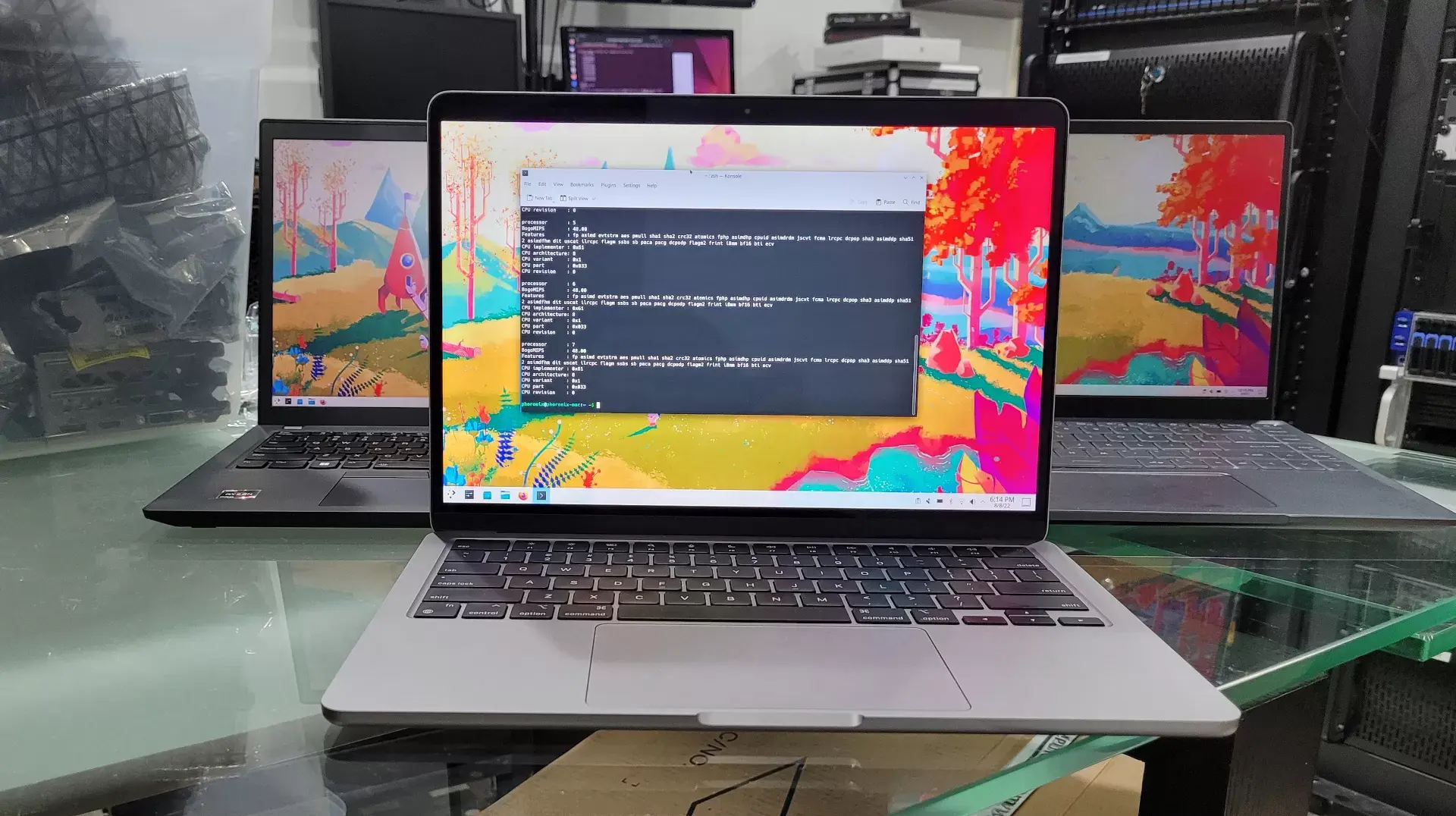

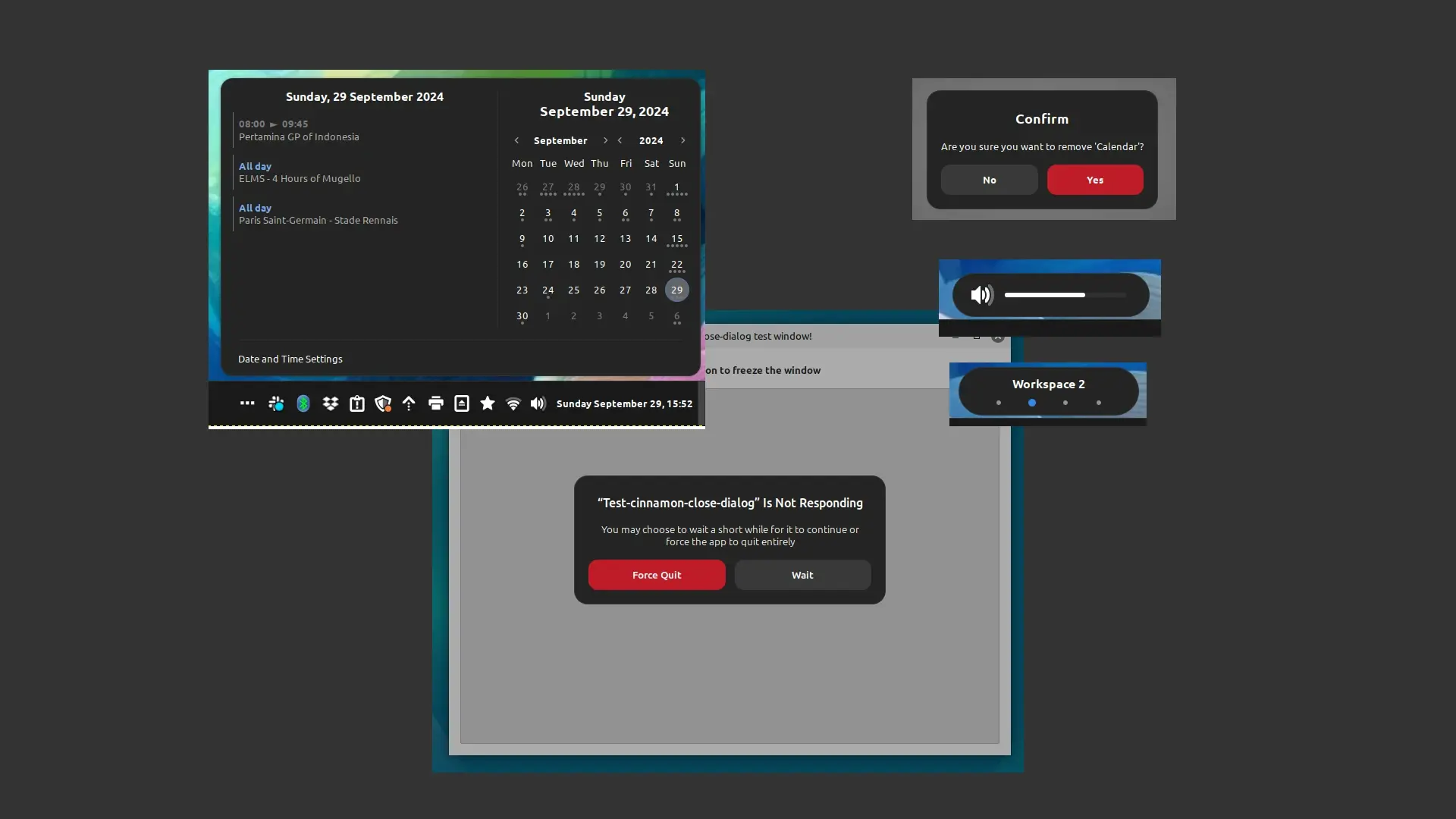
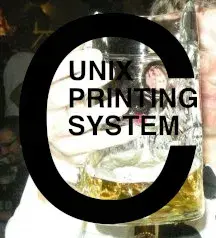
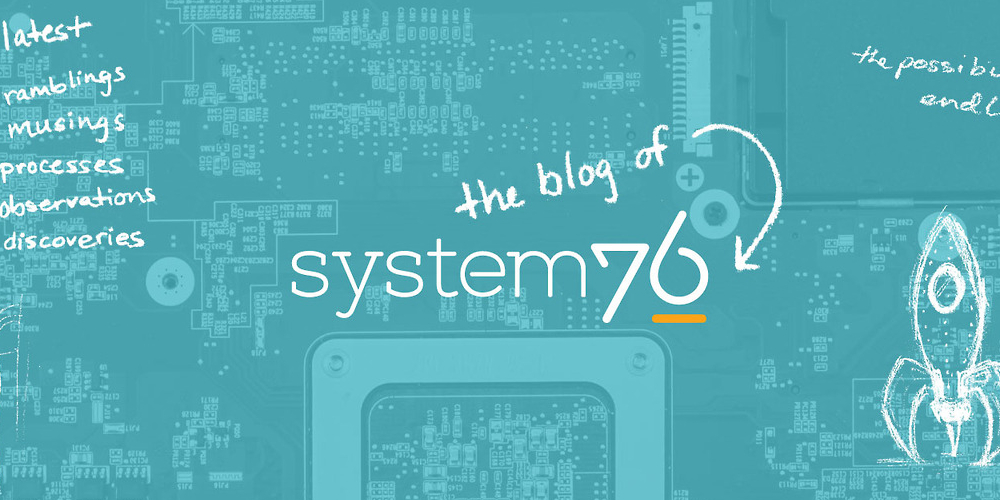
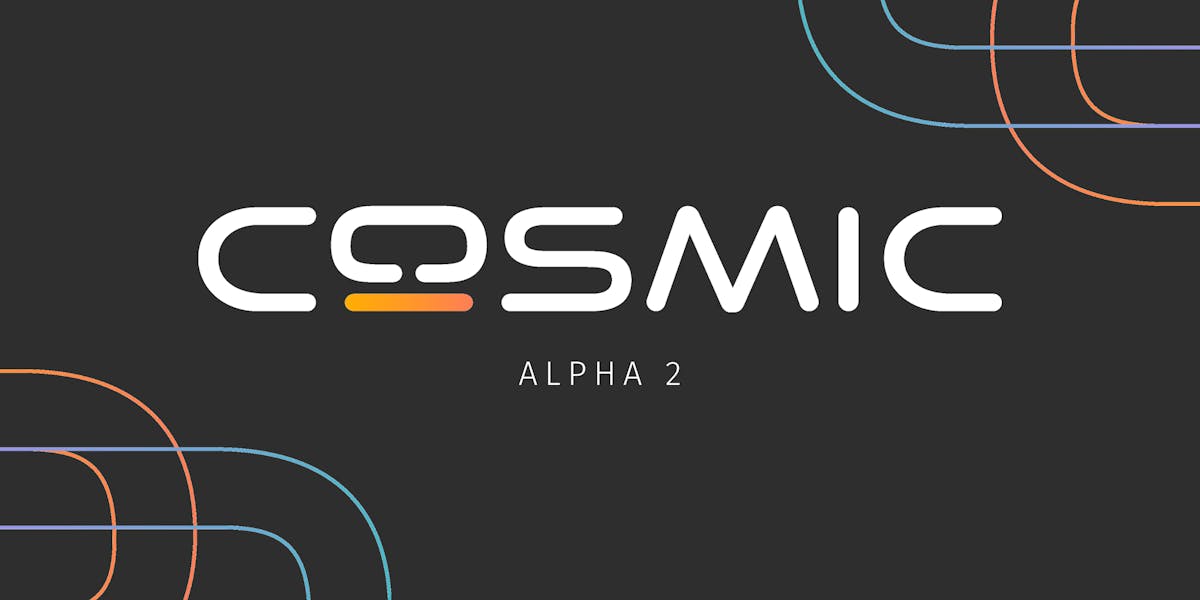



This is both cool and gross… gives me C++ vibes (operator overloading abuse).